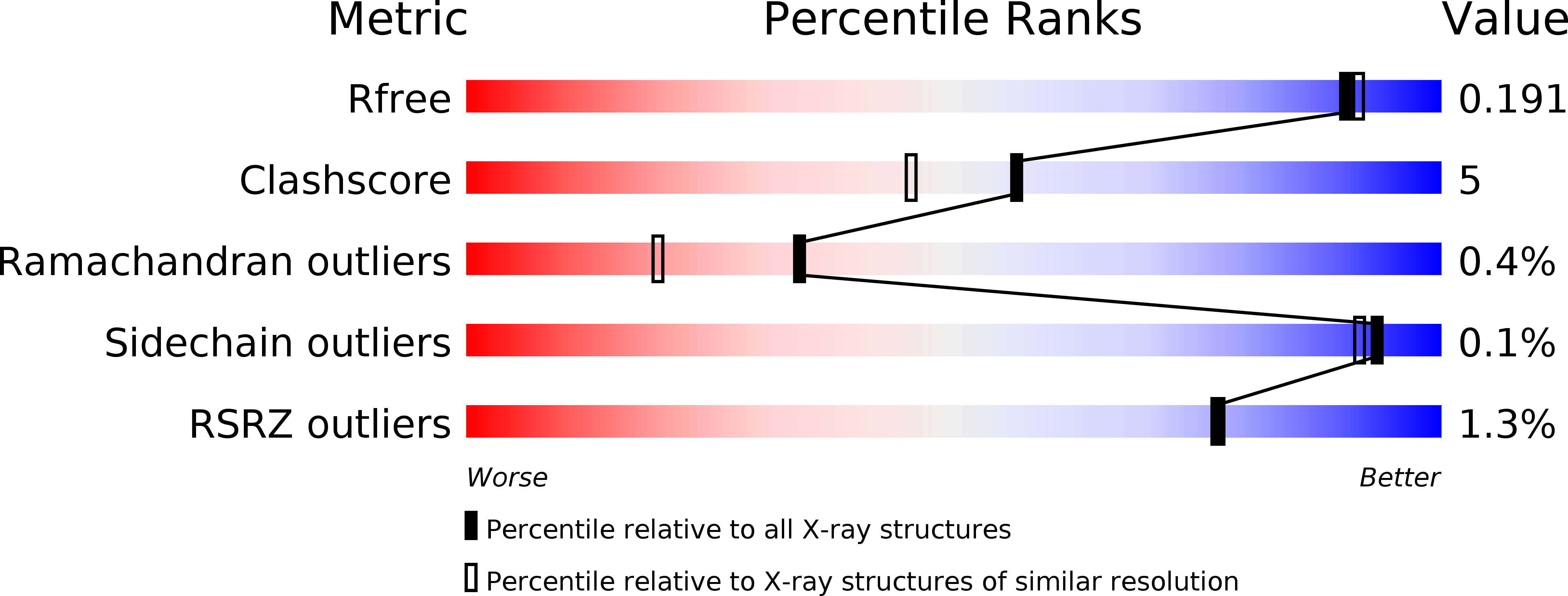
Deposition Date
2003-10-21
Release Date
2004-02-10
Last Version Date
2024-11-20
Entry Detail
Biological Source:
Source Organism:
Bifidobacterium adolescentis (Taxon ID: 1680)
Host Organism:
Method Details:
Experimental Method:
Resolution:
1.77 Å
R-Value Free:
0.19
R-Value Work:
0.16
R-Value Observed:
0.16
Space Group:
P 21 21 21


